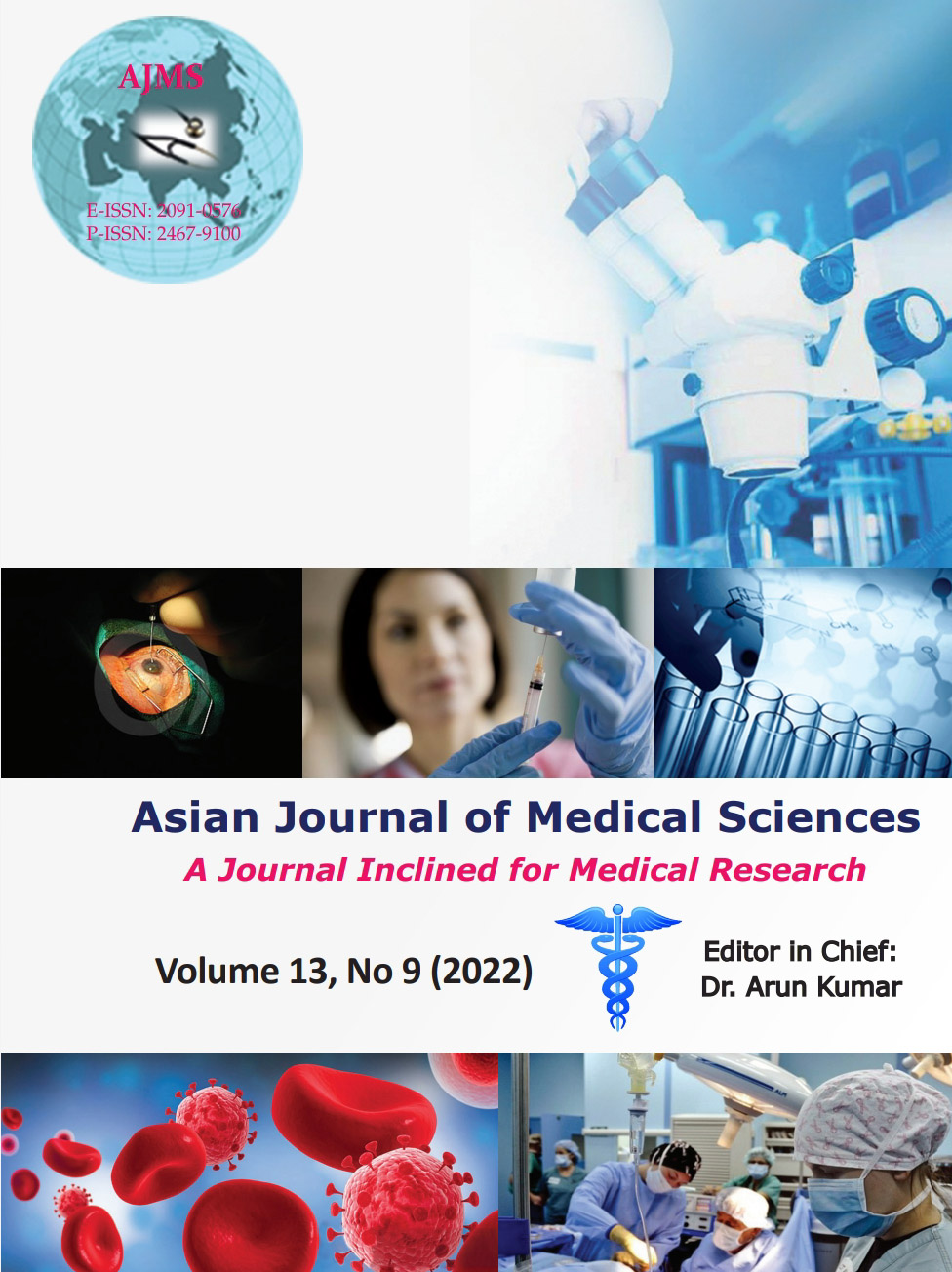Diagnostic utility of pap smear and visual inspection of acetic acid for the detection of various cervical lesions
Keywords:
Cervical lesions; Cytology; Pap smear; Screening test; VIAAbstract
Background: Cervical cancer is one of the leading causes of death among women facing gynecological problems. It requires early detection by various screening methods.
Aims and Objectives: The current research aimed to assess the diagnostic utility of pap smear cytology and visual inspection of acetic acid (VIA) as a screening test for various cervical lesions.
Materials and Methods: The current prospective study was conducted on 210 non-pregnant women. Cervical pap smears were taken and reported according to the revised Bethesda system, 2014. VIA examination was also done, and any dense opaque aceto-white lesion observation near the squamo-columnar junction was reported as VIA positive. The findings of pap smear cytology and VIA were correlated with findings of histopathology.
Results: Sensitivity, specificity, positive predictive value (PPV), negative predictive value (NPV), and diagnostic accuracy of pap smear cytology for the diagnosis of cervical lesions were found to be 90.16%, 85.22%, 89.43%, 86.2%, and 88.09%, respectively; while sensitivity, specificity, PPV, NPV, and diagnostic accuracy of VIA for the diagnosis of cervical lesions were found to be 88.37%, 55.55%, 76%, 75%, and 75.71%, respectively. Our study showed a substantial degree of agreement between pap smear cytology and histopathology for the diagnosis of cervical lesions with Cohen’s kappa value being 0.755.
Conclusion: The current study revealed that pap smear and VIA have high sensitivity with good diagnostic accuracy for the detection of neoplastic cervical lesions, which indicate that they can be used as an efficient screening tool for the detection of cervical lesions in their earlier stages.
Downloads
Downloads
Published
How to Cite
Issue
Section
License
Copyright (c) 2022 Asian Journal of Medical Sciences

This work is licensed under a Creative Commons Attribution-NonCommercial 4.0 International License.
Authors who publish with this journal agree to the following terms:
- The journal holds copyright and publishes the work under a Creative Commons CC-BY-NC license that permits use, distribution and reprduction in any medium, provided the original work is properly cited and is not used for commercial purposes. The journal should be recognised as the original publisher of this work.
- Authors are able to enter into separate, additional contractual arrangements for the non-exclusive distribution of the journal's published version of the work (e.g., post it to an institutional repository or publish it in a book), with an acknowledgement of its initial publication in this journal.
- Authors are permitted and encouraged to post their work online (e.g., in institutional repositories or on their website) prior to and during the submission process, as it can lead to productive exchanges, as well as earlier and greater citation of published work (See The Effect of Open Access).




